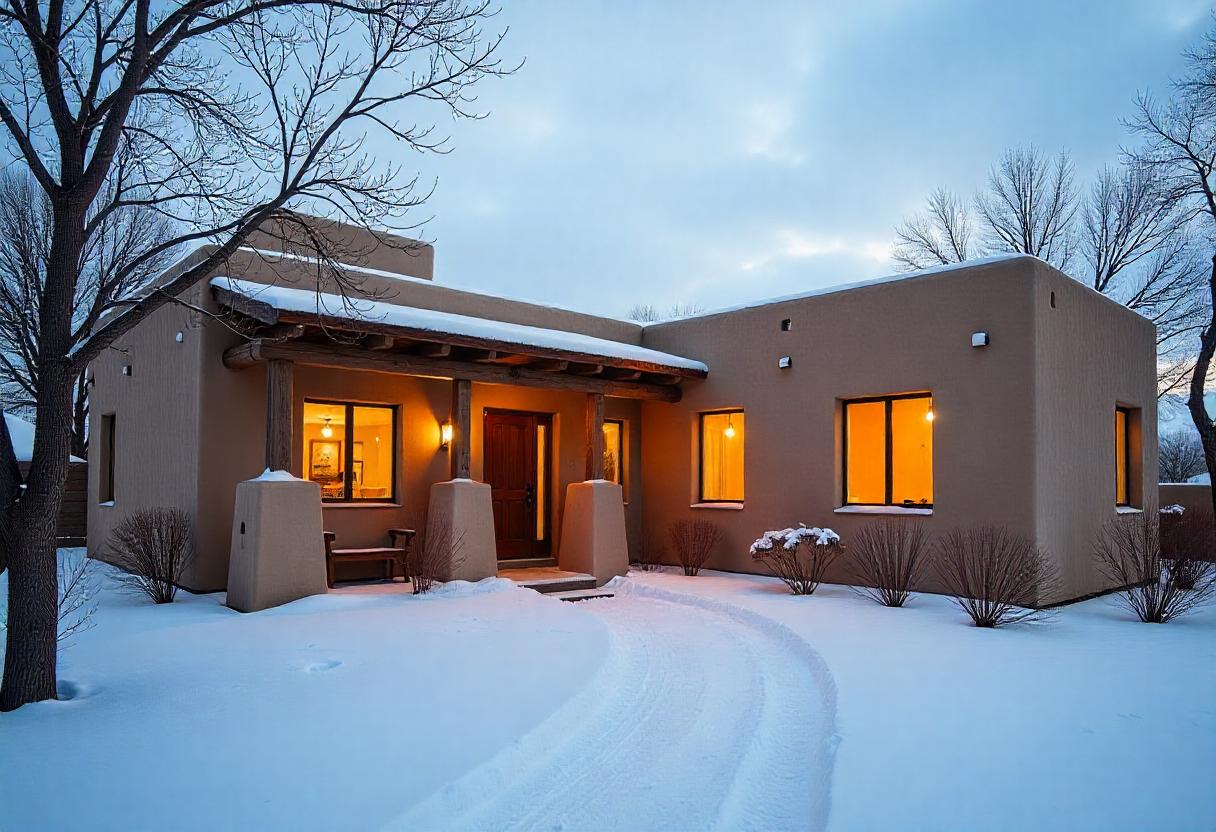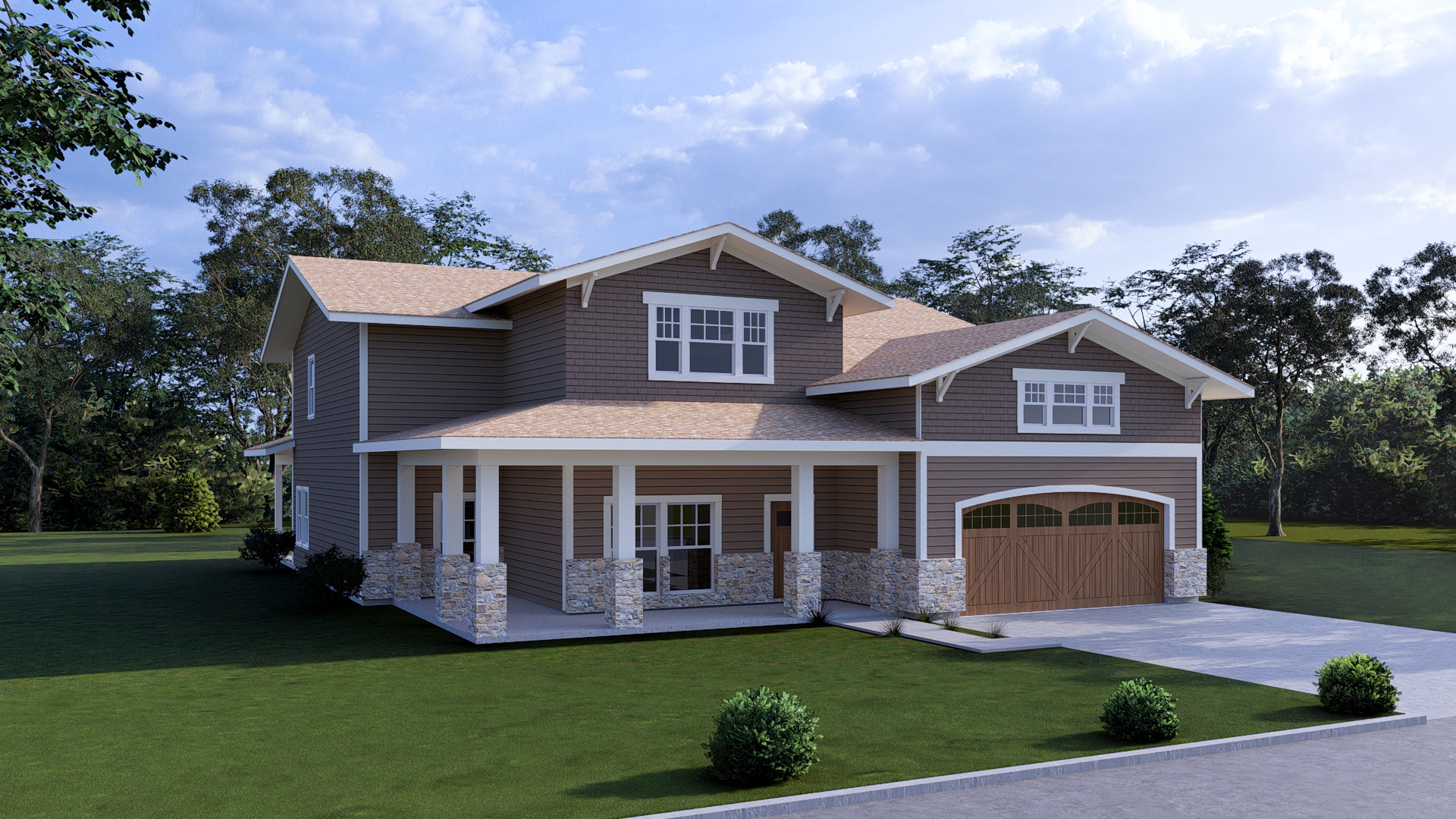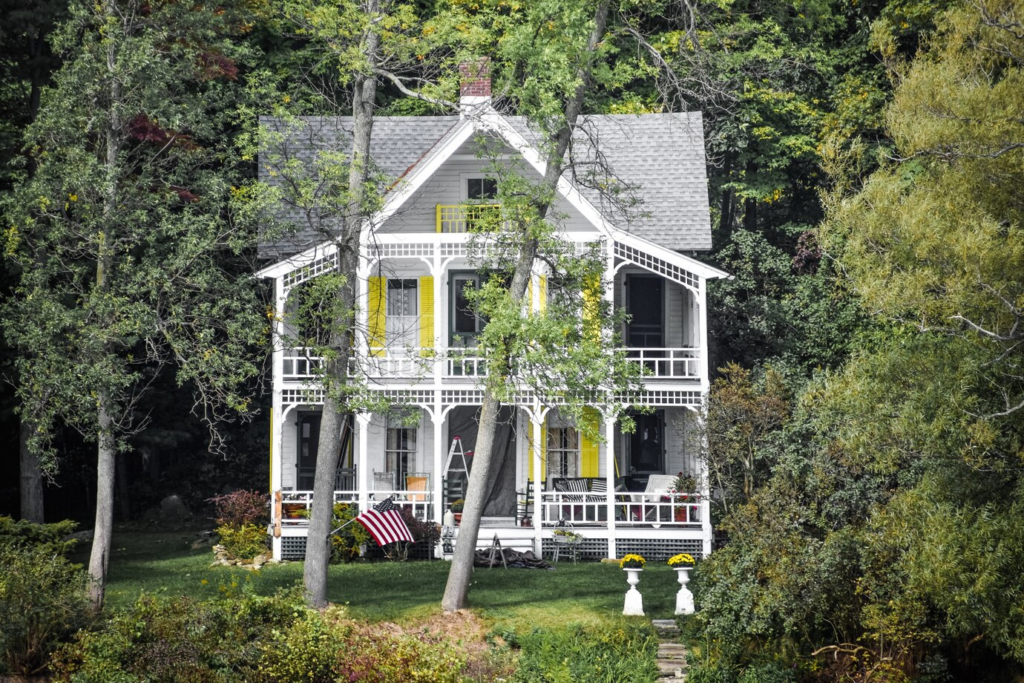

Table of Contents
ToggleFinding the perfect home design can feel overwhelming, especially with the endless variety of styles, layouts, and features available today. Whether you dream of a sleek modern house, a cozy traditional home, or a fully customized design tailored to your lifestyle, the choices can quickly become daunting. But thanks to the internet, discovering the ideal house plan has never been easier.
With just a few clicks, you can explore thousands of professionally designed blueprints, compare different styles, and visualize how your future home will look, all from the comfort of your couch. However, with so many options available, knowing where to start is key. Should you prioritize square footage or layout? Is an open-concept design better than a compartmentalized one? How do you find a plan that fits your budget without compromising on your must-haves?
As always, we’ll simplify the process and show you how to find the best house plan in just minutes. From browsing trusted sources to understanding crucial factors like size, architectural style, and cost considerations, we’ll help you make a confident, informed decision. Whether building from scratch or planning a remodel, this guide will ensure you choose a design that perfectly aligns with your needs, lifestyle, and future aspirations. So, let’s stay with us!
Selecting the right home design is more than just picking a floor plan, it’s about creating a space that enhances your daily life, meets your needs, and adds long-term value to your property. A well-designed home influences everything from comfort and functionality to energy efficiency and future costs. Fortunately, with the ability to browse a house plan online, finding the ideal design has never been easier.
One of the biggest advantages of a well-planned home is the efficient use of space. A thoughtfully designed layout maximizes every square foot, ensuring that no area is wasted. Whether it’s an open-concept living room that fosters connection or strategically placed storage solutions that keep clutter at bay, the right design can make even a modest-sized home feel spacious and practical. You may ensure that your home is both aesthetically beautiful and functional by filtering plans according to your demands when you explore a house design online.
Beyond functionality, your home’s aesthetic appeal plays a significant role in its overall value. The right architectural style not only enhances curb appeal but also contributes to higher resale potential in the future. A visually appealing home, whether it’s modern, traditional, or somewhere in between, creates a lasting impression and can make all the difference when it comes time to sell.
Functionality is another key factor to consider. A well-designed home should align with your lifestyle and daily routines. If you love cooking, a spacious kitchen with ample counter space is essential. If you work remotely, a dedicated home office can improve productivity. Families with young children may prioritize an open floor plan for better supervision, while those who prefer privacy might opt for a more compartmentalized layout.
Finding the ideal home design doesn’t have to be a time-consuming process. With the right approach and the power of the internet, you can explore, compare, and choose a home plan that perfectly matches your needs in just minutes. Below are the essential steps to help you find the perfect house plan online quickly and efficiently.
The first step in finding the perfect home design is choosing a reputable online house plan provider. Not all platforms offer high-quality, architect-approved blueprints, so selecting a trusted source is crucial. The House Plan Source is a rising website featuring thousands of professionally designed house plan blueprints. With advanced search filters, you can easily refine options based on size, style, and budget, ensuring a seamless experience.
When selecting a house plan provider, look for websites that offer detailed floor plans, 3D visualizations, and user reviews. The ability to see how a home flows and functions before making a decision can prevent costly mistakes. Additionally, some platforms provide customization services, allowing you to modify an existing plan to better fit your needs.
Before diving into the thousands of available house plans, take a moment to clarify what you need in a home. Every family and individual has unique preferences, so asking the right questions will help narrow your options:
Most house plan websites offer advanced search tools that help narrow down options based on specific criteria. Instead of manually browsing hundreds of plans, take advantage of these filters:
Once you’ve found a few promising home designs, take the time to compare them carefully. Many house plan websites include customer reviews, expert insights, and even real-life photos of completed homes based on specific blueprints. These reviews offer valuable information about the practicality of a design, potential modifications, and real-world construction experiences.
Additionally, some platforms provide 3D walkthroughs and virtual tours, allowing you to visualize the layout before committing to a purchase. This feature is incredibly helpful in understanding room flow, natural lighting, and overall space utilization. Comparing multiple designs side by side ensures you select the best option for your needs.
Even if you find a home design that closely matches your vision, you may still want to make a few modifications. Many online platforms offer customization services, allowing you to adjust the blueprint to better suit your preferences. Common modifications include:
As we move into 2025, home design is shifting to reflect changing lifestyles, technological advancements, and a growing emphasis on sustainability and efficiency. Whether you’re building a new home or renovating an existing one, staying informed about the latest trends can help you make design choices that enhance your comfort while adding long-term value to your property.
The modern home is no longer just a place to live, it’s a functional, adaptable, and energy-efficient space tailored to individual needs. From smart automation to eco-conscious materials and flexible multi-purpose spaces, here’s a look at some of the biggest home design trends shaping 2025.
Minimalism continues to influence home design, but the focus is shifting toward warm minimalism, a balance between simplicity and comfort. Homes in 2025 will embrace clean architectural lines, open floor plans, and clutter-free spaces, but without feeling cold or sterile. Instead, designers are incorporating natural textures, warm color palettes, and cozy elements to create a sense of tranquility.
One of the key elements of this trend is the efficient use of space. Rather than oversized rooms, homeowners are opting for thoughtfully designed layouts where every square foot serves a purpose. Built-in storage, multifunctional furniture, and hidden compartments help maintain a clutter-free and organized home. Large windows, skylights, and glass doors maximize natural light, reducing the need for artificial lighting while enhancing the indoor-outdoor connection.
Technology is becoming an essential part of modern home design, making daily life more convenient, secure, and energy-efficient. In 2025, homeowners are embracing smart home features that allow them to control lighting, temperature, security, and appliances remotely through voice commands or mobile apps.
Some of the most sought-after smart home features include:

With more people working remotely and spending time at home, there’s an increasing demand for versatile living spaces. In 2025, homes are being designed with flexibility in mind, allowing rooms to serve multiple purposes depending on the need.
For example, a home office can also function as a guest room with a pull-out bed, or a dining area can transform into a workspace with hidden desks and storage. Similarly, indoor-outdoor living areas are becoming more popular, with large sliding doors that open up to patios, blurring the line between interior and exterior spaces. These adaptable layouts allow homeowners to make the most of their space without needing larger homes.
Sustainability is no longer just a trend, it’s becoming a necessity. With climate change concerns and rising energy costs, homeowners in 2025 are prioritizing eco-conscious designs that minimize their environmental footprint. This includes:
In 2025, interior design is all about bringing the outdoors inside. The concept of biophilic design, which emphasizes a connection with nature, is influencing home aesthetics and layout choices. This trend includes:
Homes designed with biophilic elements feel more relaxing, reduce stress, and contribute to overall well-being.
Finding the perfect home design no longer requires months of research or back-and-forth consultations with architects. Thanks to online house plan platforms, you can easily browse, compare, and purchase a home design that suits your needs, budget, and lifestyle from the comfort of your home. These platforms provide a wide variety of customizable floor plans, allowing you to refine your search based on square footage, room configurations, architectural style, and special features.
By defining your priorities early on, such as space efficiency, energy sustainability, or smart home integration, you can streamline the selection process and make informed decisions. Using advanced search filters helps narrow down the best options, while 3D visualizations and virtual walkthroughs give you a realistic preview of your future home. Additionally, keeping up with modern design trends ensures your home remains functional, stylish, and future-proof.
With the right tools and resources, creating your dream home has never been easier. Start your search today and take the first step toward turning your vision into reality, effortlessly and efficiently!
Notifications